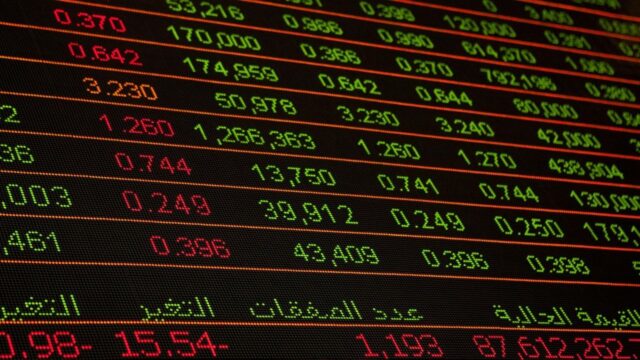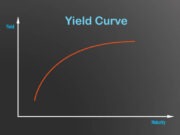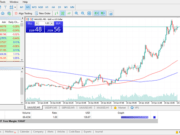
When placing an order to buy or sell securities, there are several options to choose from. Traders must select the type of order that best suits their investment goals, risk tolerance, and trading strategy. Two popular types of orders are GTC and day orders. In this blog post, we will discuss in detail the difference between GTC and day orders, why you should care about understanding them, and when to use each type of order.
What is a GTC (Good ‘Til Cancelled) Order?
A GTC order is an instruction given to a broker to buy or sell a stock at a certain price, which remains valid until the trade is executed or until the trader cancels the order. This means that the order can remain open for weeks, months, or even years, until it is filled or canceled by the trader.
A GTC order is useful for traders who want to take advantage of specific market conditions or specific price levels. For instance, if a trader believes that a stock will rise in the future but is not currently at the desired price, he can place a GTC order to buy at his target price. The advantage of a GTC order is that it remains open until the trade is executed or canceled, which gives the trader more flexibility and control over the trading process.
What is a Day Order?
A day order is an instruction given to a broker to buy or sell a stock at a certain price within a single trading day. If the order is not executed on the same day, it will expire at the end of the trading session or be canceled by the trader.
A day order is useful for traders who want to take advantage of short-term market movements or specific news events. For example, if a trader wants to buy a stock at a particular price after a significant market decline, he can place a day order, and if the stock falls to that price during the trading day, the order will be executed. The benefit of a day order is that it offers quick execution and allows traders to take advantage of intraday fluctuations.
When to use GTC orders?
GTC orders are useful for traders who have long-term investment goals or who cannot monitor the markets regularly. GTC orders can be used to automate trades, avoid emotional trading decisions, and capture specific market conditions. GTC orders are also suitable for traders who want to take a position in a stock but wait for a better price. However, GTC orders can be risky if the trader does not regularly monitor them, as they can remain open for a long time and may become less relevant or even irrelevant over time.
When to use Day orders?
Day orders are suitable for traders who want to take advantage of short-term market movements, fast intraday trades, or news events. Day orders allow traders to enter and exit the markets quickly and avoid the risks of overnight holding. However, day orders also involve higher transaction costs, as traders have to pay commissions for each executed trade. Moreover, day orders can be risky if the trader tries to time the markets frequently, as frequent trading can lead to emotional burnout, overtrading, and poor decision-making.
Conclusion:
Understanding the difference between GTC and day orders is essential for traders who want to improve their trading strategies, manage their risk effectively, and achieve their investment goals. Both types of orders have advantages and disadvantages, and traders must choose the type of order that best suits their trading style and preferences. While GTC orders offer more flexibility and control, day orders provide faster execution and allow for taking advantage of short-term price fluctuations. Ultimately, whatever type of order a trader chooses, it is important to monitor his trades regularly and adjust his strategy as needed to maximize his returns and minimize his risks.


































